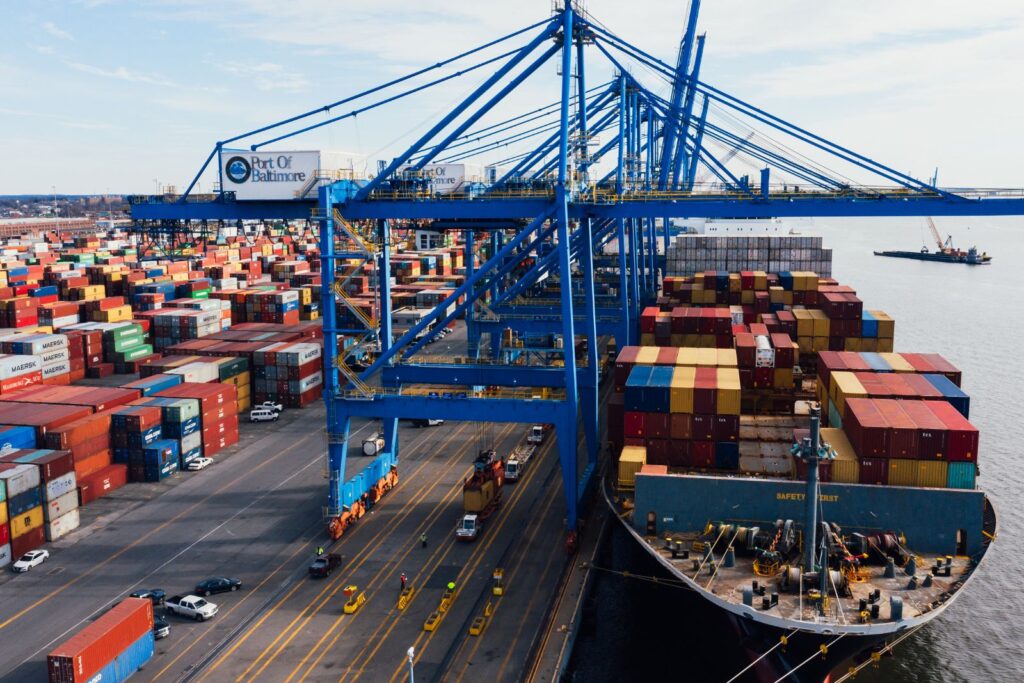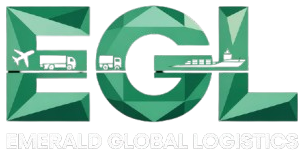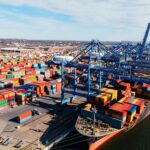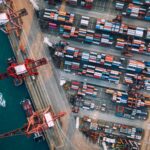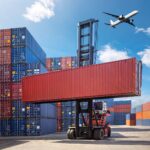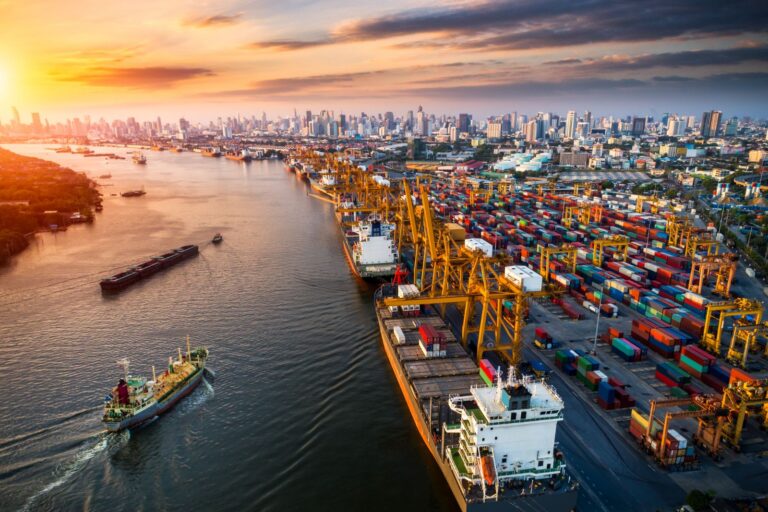Introduction
If you’ve ever shipped goods internationally, you know one question always comes up: how are container shipping rates calculated? With fluctuating global freight costs, surcharges, and different shipping options, many businesses struggle to budget accurately for imports and exports.
Understanding the factors that influence container freight pricing can help you save money, avoid unexpected charges, and plan smarter for your supply chain.
At EGL – Emerald Global Logistics, we specialise in international freight forwarding and containerised shipping solutions. With years of experience helping Australian businesses navigate complex shipping costs, we know exactly how rates are determined and how you can optimise your logistics spend.
In this guide, we’ll break down what goes into shipping rates, provide examples, highlight best practices, and explain when working with a logistics expert can make all the difference.
Key Factors: How Container Shipping Rates Calculated
When carriers set container shipping rates, they consider several variables. Here are the main factors that affect pricing:
1. Container Size and Type
- 20ft containers are generally cheaper but suited for heavy goods.
- 40ft containers cost more but offer better volume-to-price ratio.
- Special containers (reefer, flat rack, open-top) add extra charges.
2. Shipping Route & Distance
Longer routes naturally cost more due to higher fuel and handling. For example, shipping from Melbourne to Los Angeles will cost more than Melbourne to Singapore.
3. Freight Mode (FCL vs LCL)
- FCL (Full Container Load): One customer rents the entire container. Best for large shipments.
- LCL (Less than Container Load): You share container space with others. More affordable for smaller volumes but adds consolidation fees.
4. Port Handling & Terminal Fees
Each port has its own handling charges, which can significantly influence final costs.
5. Fuel & Surcharges
- BAF (Bunker Adjustment Factor) – linked to fuel costs.
- CAF (Currency Adjustment Factor) – protects against currency fluctuations.
- Seasonal surcharges may apply during peak trade periods.
6. Weight & Volume of Cargo
Freight rates are calculated based on whichever is greater:
- Chargeable weight (tonnes).
- Cubic measurement (CBM).
7. Customs, Duties & Taxes
Government tariffs, GST, and quarantine checks may add to the overall cost.
Step-by-Step: How Container Shipping Rates Are Determined
Here’s a simplified breakdown of the pricing process:
- Shipper provides shipment details
- Cargo type, weight, volume, and origin/destination.
- Carrier applies base ocean freight rate
- Depending on container size, route, and season.
- Add surcharges and handling fees
- BAF, CAF, port charges, documentation, and security fees.
- Include inland transport if needed
- Trucking or rail from warehouse to port and vice versa.
- Final quote provided
- This includes all known costs, excluding customs duties and taxes.
💡 Example: A 20ft container from Melbourne to Singapore may include:
- Base ocean freight: AUD $1,200
- Port charges: AUD $400
- BAF surcharge: AUD $150
- Documentation: AUD $75
Total Estimate: AUD $1,825
Benefits of Understanding Shipping Rate Calculations
- Better budgeting – Avoid unexpected costs.
- Improved negotiation power – Knowing cost breakdown helps secure better deals.
- Efficient planning – Choose between FCL or LCL based on cargo size.
- Reduced risk – Avoid overpaying by understanding true cost drivers.
Tips to Reduce Container Shipping Costs
- Book early – Last-minute bookings often come at higher rates.
- Consolidate shipments – Combine goods into fewer containers.
- Use the right container size – Don’t pay for empty space.
- Choose optimal routes – Direct shipping is usually cheaper than trans-shipment.
- Work with a freight forwarder – Experts like EGL can find cost-saving solutions.
Common Mistakes to Avoid
- Under-declaring cargo weight or volume – Leads to penalties.
- Ignoring hidden surcharges – Always review quotes carefully.
- Not comparing FCL vs LCL options – Choosing the wrong mode can cost more.
- Skipping professional advice – Inexperienced shippers often pay more than necessary.
Use Cases: Who Benefits From Container Shipping?
- Importers sourcing bulk goods from Asia.
- Exporters shipping raw materials or finished products overseas.
- E-commerce retailers expanding into international markets.
- Manufacturers needing reliable transport for machinery.
Why Choose EGL – Emerald Global Logistics?
At EGL – Emerald Global Logistics, we don’t just move containers — we optimise your entire freight journey. From selecting the right container to navigating port charges and customs, we ensure you get transparent pricing and cost-effective solutions.
- Tailored freight forwarding for Australian businesses.
- Strong carrier partnerships for competitive rates.
- Full-service logistics: sea, air, and road.
- Customs clearance and documentation support.
👉 Learn more about our services: About EGL
FAQs – How Container Shipping Rates Calculated
1. What is the average cost of a 20ft container from Australia?
Rates vary by destination but typically range from AUD $1,500–$3,000 for Asia-Pacific routes.
2. Do heavier containers cost more to ship?
Yes. Carriers charge based on whichever is greater: weight (tonnes) or volume (CBM).
3. Why do shipping rates change so often?
Global fuel prices, port congestion, and seasonal demand directly affect freight rates.
4. Is FCL cheaper than LCL?
For large volumes, FCL is cheaper per unit. For smaller loads, LCL is more cost-effective.
5. Does EGL provide container shipping quotes?
Yes. EGL offers customised, transparent quotes for all freight forwarding needs.
Conclusion – Get Smarter With Container Shipping Costs
Understanding how container shipping rates calculated gives businesses an edge in budgeting, negotiation, and supply chain planning. From container type to surcharges, every factor matters.
At EGL – Emerald Global Logistics, we help businesses navigate these costs with tailored freight solutions, competitive rates, and seamless international logistics support.
👉 Ready for a competitive container shipping quote? Contact EGL today and streamline your global trade with expert support.
